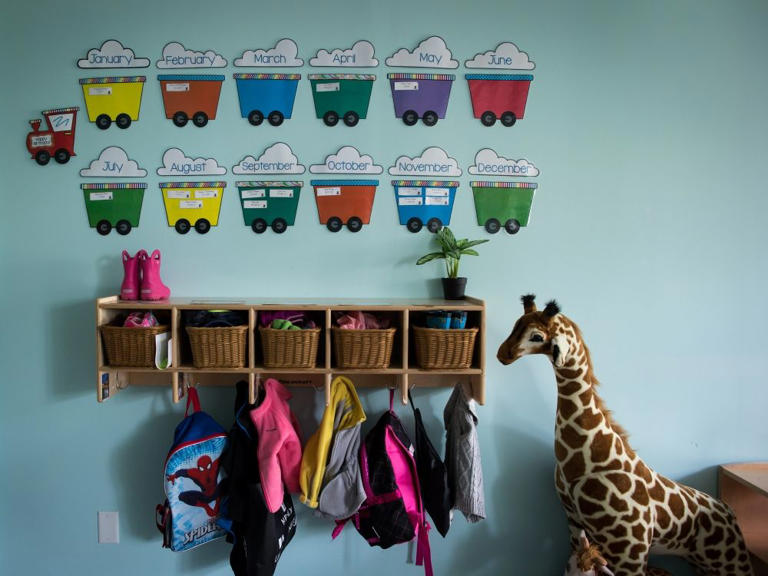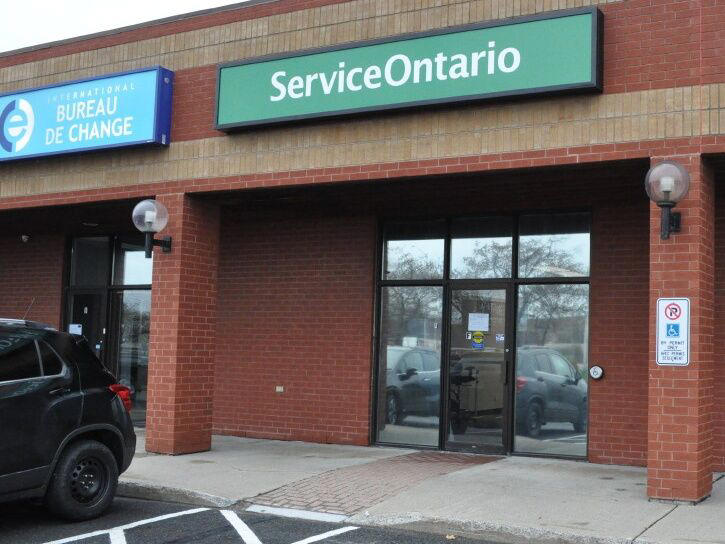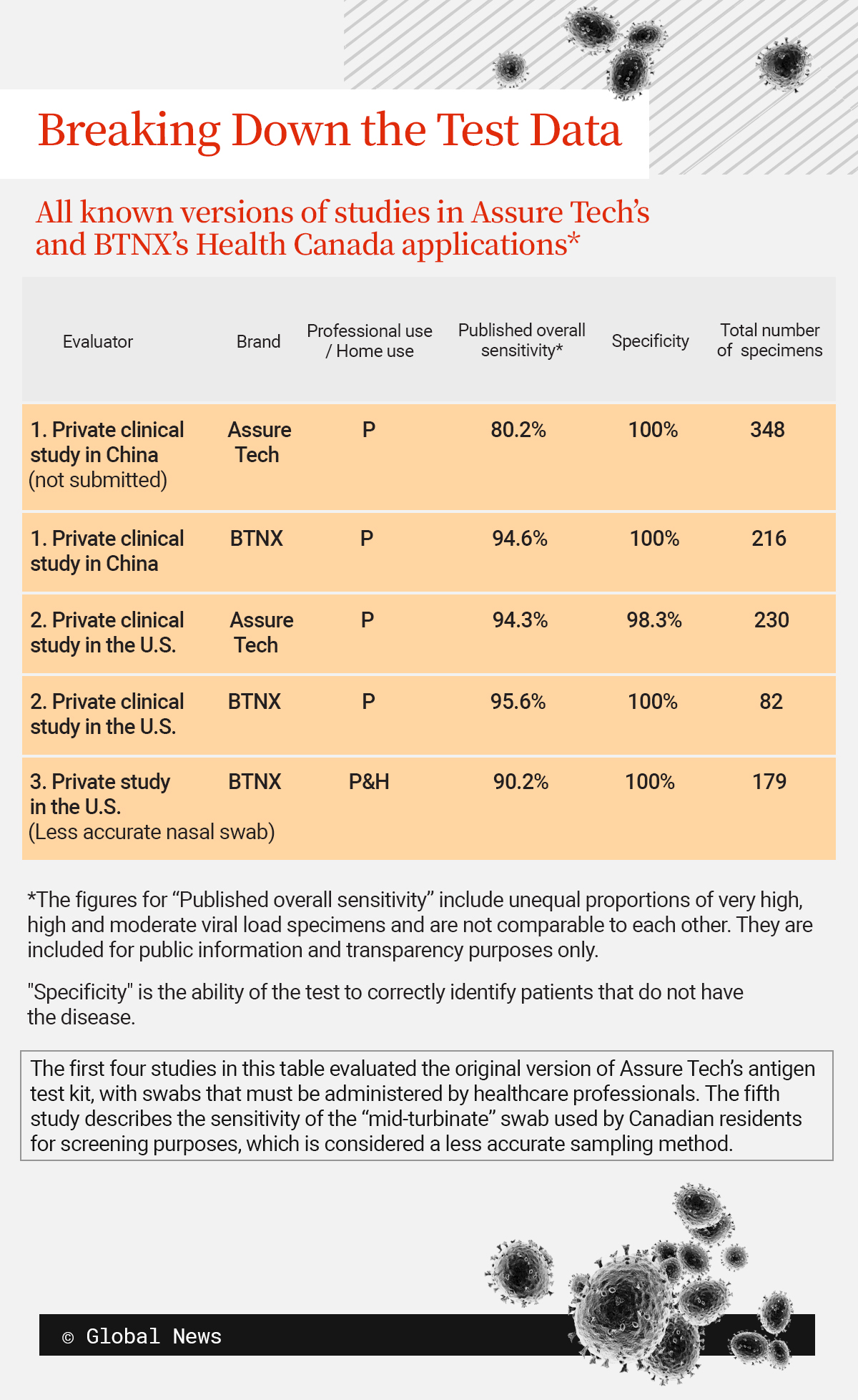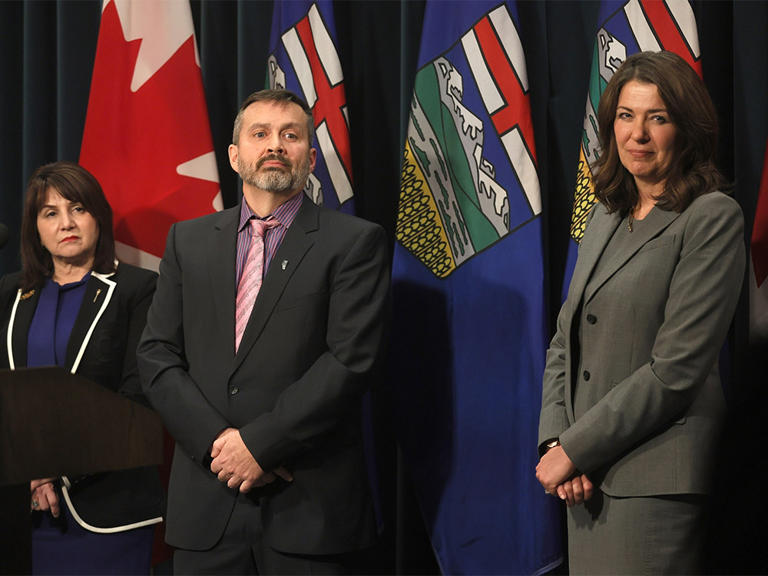MANITOBA
Trustees call on province to boost number of Indigenous teachers
Winnipeg school trustees are calling on the newly-elected NDP government to set aside funding to help local universities graduate more Indigenous teachers.
Elected officials from two city school divisions, St. James-Assiniboia and Winnipeg, have co-written a letter to call attention to representation gaps in kindergarten-to-Grade 12 classrooms.
“It’s our way of saying to the government that this is still a priority for us and we hope that it can be a priority for them, too,” said Holly Hunter, chairwoman of the SJASD board of trustees.
The memo, sent Wednesday to Advanced Education Minister Renée Cable, requests the province make a “significant investment” into training to tackle the workforce shortage.
It also calls on the ministry to partner with community organizations to ensure First Nations, Métis and Inuit candidates have access to bursaries and wraparound services ranging from housing to child care.
Hunter said the letter, which was also shared with Education Minister Nello Altomare, Indigenous Economic Development Minister Ian Bushie and Premier Wab Kinew, is largely symbolic.
“We want to have more Indigenous teachers in our schools, but the universities aren’t graduating enough students for us to be able to have enough Indigenous teachers to be representative of the number of students that we have in our buildings,” said the trustee, who is also a certified teacher.
Indigenous teachers make up nine per cent of certified teachers in SJASD — a proportionate representation shortfall of 10 per cent, per June 2023 data from the division.
Hunter added: “This isn’t something that we can fix (alone).”
The Winnipeg Indigenous Executive Circle estimates an additional 570 teachers would need to be hired across city divisions to match the percentage of public school students who are First Nations, Métis and Inuit.
WIEC’s latest report on the state of equity in education indicates the University of Manitoba and University of Winnipeg have graduated an average of 35 Indigenous teachers annually over the last two decades.
“At this rate, it will take almost 20 years to address the under-representation of Indigenous teachers in Winnipeg,” states an excerpt from 2022 report.
Manitoba’s largest faculty of education is in talks with WIEC and, in a wider bid to attract teacher candidates, developing an introductory course to encourage students from different disciplines to consider the profession. The elective is anticipated to launch in the fall.
Given U of M’s program is an after-degree option, recruitment needs to happen internally within the campus community as much as it does externally with outreach to high schools, said Frank Deer, associate dean of Indigenous education.
“(Our recruitment) is not terribly robust, if I’m honest; we need to do more,” Deer said, noting the university has cut back on these efforts to find cost savings in recent years.
At the same time, the professor said the U of M — which graduated about 170 teachers overall last year — is also focused on up-skilling opportunities for working professionals.
The faculty is designing a post-baccalaureate diploma in Indigenous education to be rolled out as early as September.
“For us, it’s not just about Indigenous teachers in the field but it’s the sort of competencies they have to serve all students… on such things as Indigenous history, literature, science and other aspects of Indigenous life that are really quite important,” he added.
In their letter to government leaders, trustees acknowledged both concerted efforts to address the issue are ongoing and the reality that they have not made a significant dent.
For example, the Community-based Aboriginal Teacher Education Program — an initiative between divisions and the U of W that provides educational assistants a pathway to become teachers — only graduates a handful of teachers every year.
The letter also suggests there is an urgency to hiring more Indigenous teachers in order to improve academic outcomes among underrepresented children and youth.
“We will continue to support post-secondary institutions so that they are able to provide quality Indigenous teacher education programs,” Cable said in a statement that noted University College of the North is expanding its Kenanow bachelor of education.
The advanced education minister added there is “a long way to go” to address representation gaps owing to years of the Tories’ austerity agenda.
Last week, the province appointed its first assistant deputy minister of Indigenous excellence in education and tasked Jackie Connell, a Métis school division administrator, with providing advice to improve graduation rates, among other indicators.
maggie.macintosh@freepress.mb.ca
Maggie Macintosh, Local Journalism Initiative Reporter, Winnipeg Free Press












